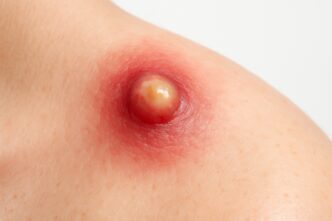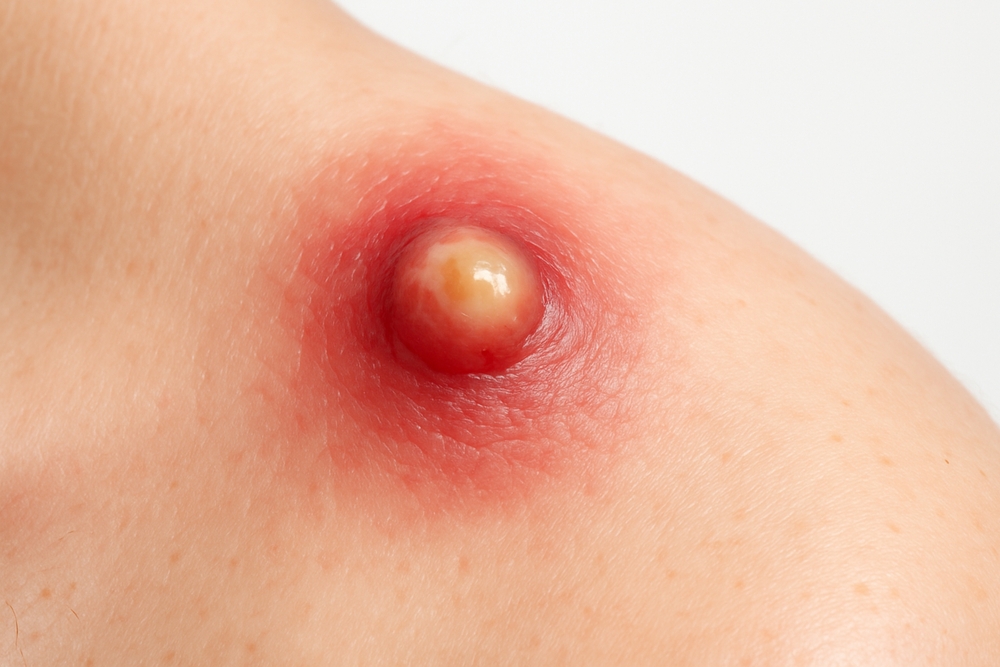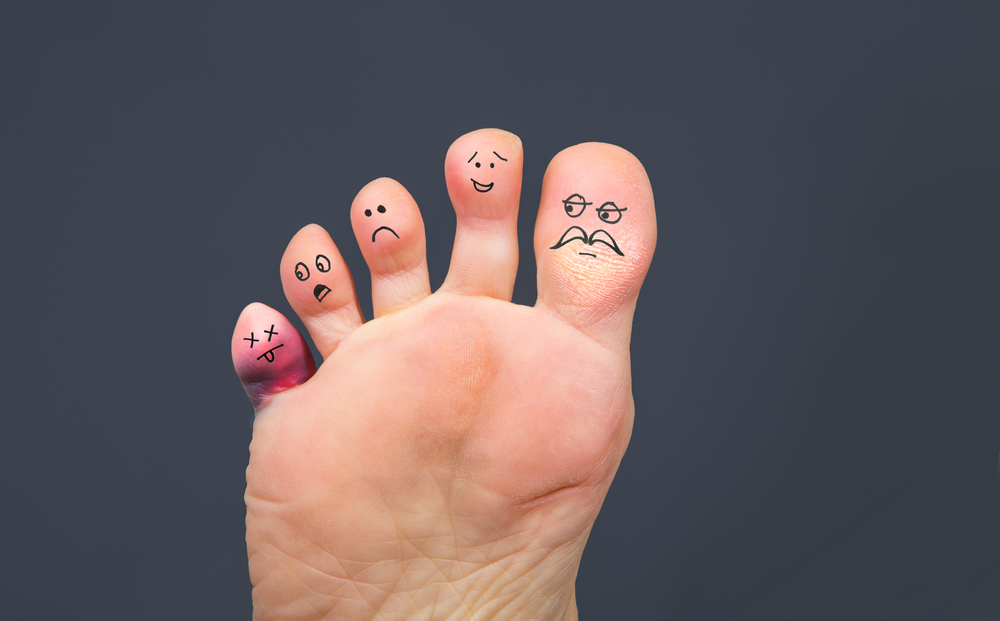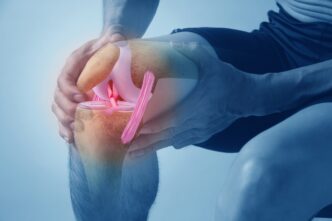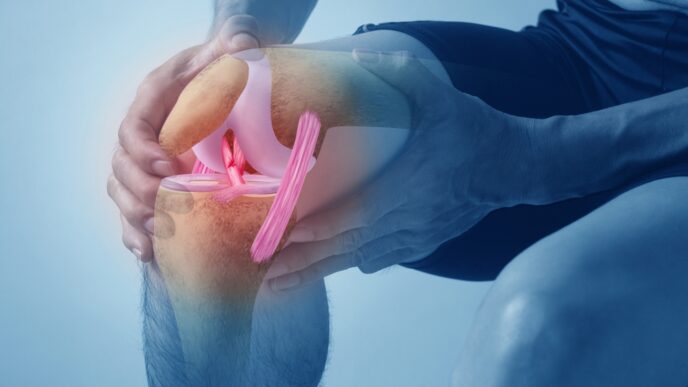Boils, also known as furuncles, are deep skin infections commonly caused by Staphylococcus aureus, a type of bacteria. Multiple boils form a cluster called a carbuncle. They can appear on any skin surface on the body, especially hairy or sweaty areas such as the face, neck, armpits, shoulders, back, and buttocks. Boils also tend to show up in areas of the skin that constantly experience high friction, such as the inner thighs.
WORDS DR LEE CHOON SIAN
 FEATURED EXPERT FEATURED EXPERTDR LEE CHOON SIAN Consultant Dermatologist Pantai Hospital Ayer Keroh |
ARE BOILS THE SAME THING AS ACNE?
Not really.
Boils
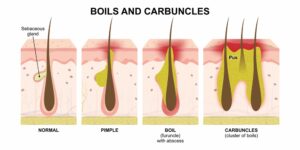
- Boils normally occur abruptly and resolve in a short duration (about 1 to 2 weeks).
- Inflammation of the hair follicles under the skin results in boils, giving rise to pus-filled bumps that can grow in size over time.
- Some boils may eventually burst and open.
Acne
- Acne on the other hand, is a long-term skin condition caused by the bacteria Cutibacterium acnes.
- Acne is a more common among teenagers.
WHAT CAUSES OF BOILS?
Around 10-20% of us have Staphylococcus aureus living on the surface of our skin. These bacteria usually do not give us problems.
However, when a prick, cut, or splinter breaks the skin, the bacteria can penetrate the wall of a hair follicle and cause a boil to form.
Hot weather also increases the chances of developing boils, as we sweat more under such conditions. A mix of hair, sweat, and friction is the perfect environment for boils to appear!
People with underlying medical conditions such as diabetes, cancer, HIV infection, obesity, anaemia, or eczema have a higher risk of developing boils.
MOST BOILS CAN BE SELF-TREATED AT HOME
- Apply warm, moist compresses several times a day to help a boil open up and drain.
- After the boil starts draining, clean it with saline solution.
- You may apply topical antibiotics and cover it with a gauze dressing.
- Change the dressing 1 to 2 times a day. Wash your hands well before and after changing your dressing.
Resist the urge to squeeze or pop the boil, as doing so can worsen the infection.
When to See a Doctor
- When the fluid inside a boil doesn’t drain on its own. The doctor will use sterile instruments to drain the boil completely and prescribe oral antibiotics.
- When you also develop a fever.
- When you develop a boil and you have an underlying medical condition, such as the ones mentioned earlier.
- When you get recurrent boils, multiple boils at many different parts of your body, or your boils are large in size and painful.
HOW TO PREVENT BOILS
- Keep your skin clean by taking regular showers every day.
- Wash your hands regularly with soap and water.
- Change your attire and underclothes regularly.
- Don’t share your towels and razors.
- Obesity increases the risk of developing boils. If one is overweight, exercise regularly and consume a daily balanced diet rich in fruit and vegetables.
- Don’t smoke. If you do, it’s time to break the habit.
| This article is part of a series that shines the spotlight on skin health. |

